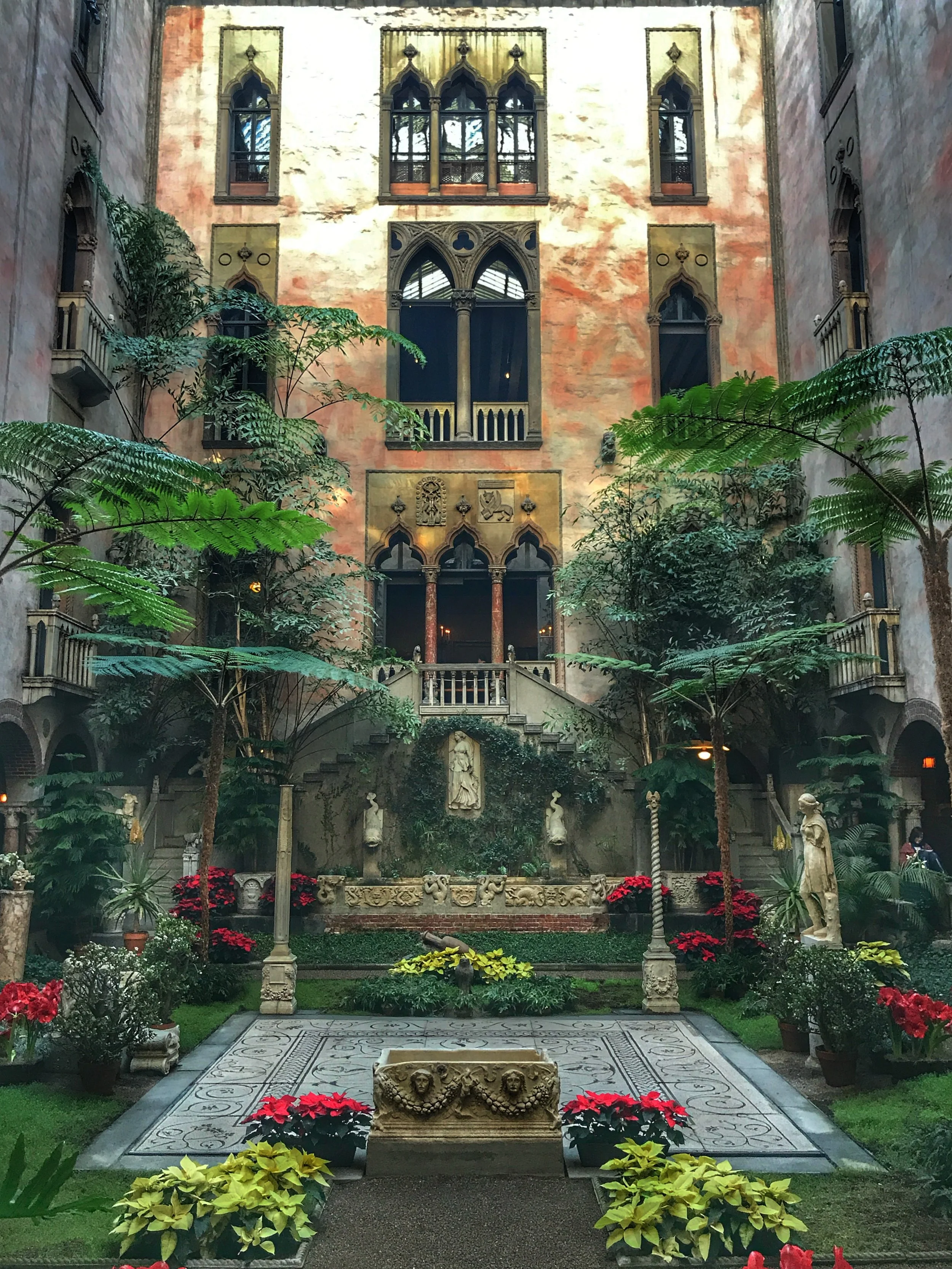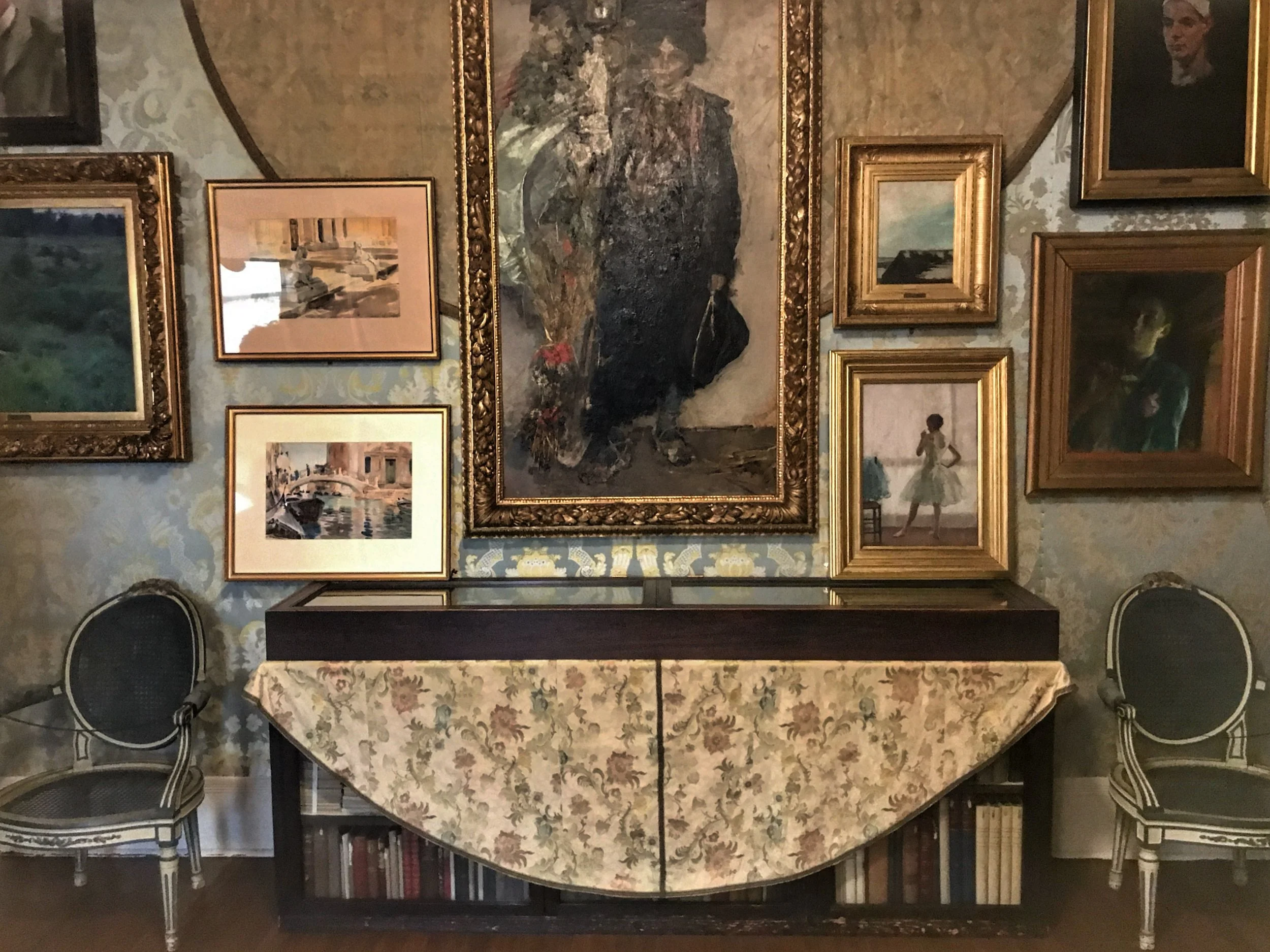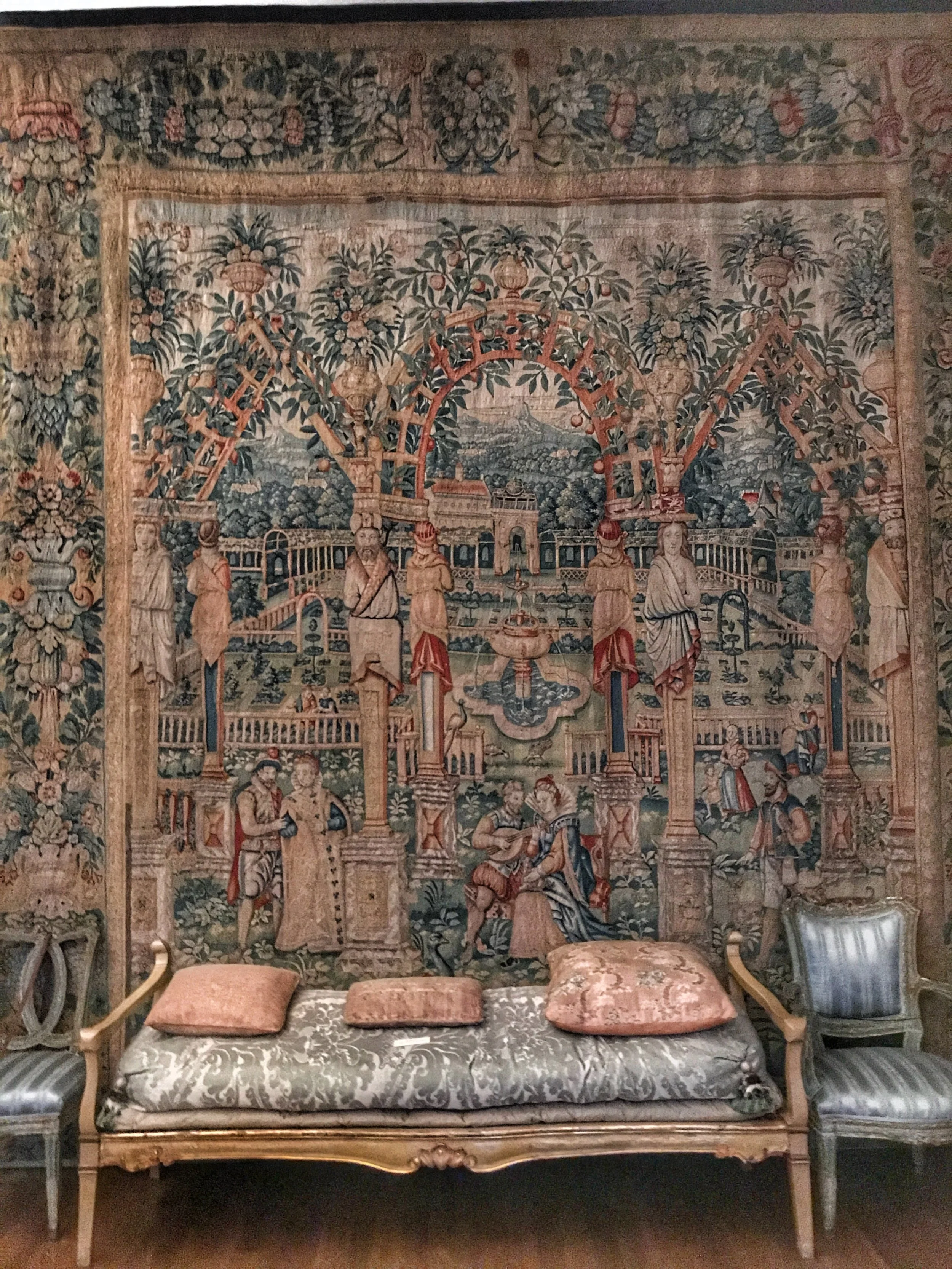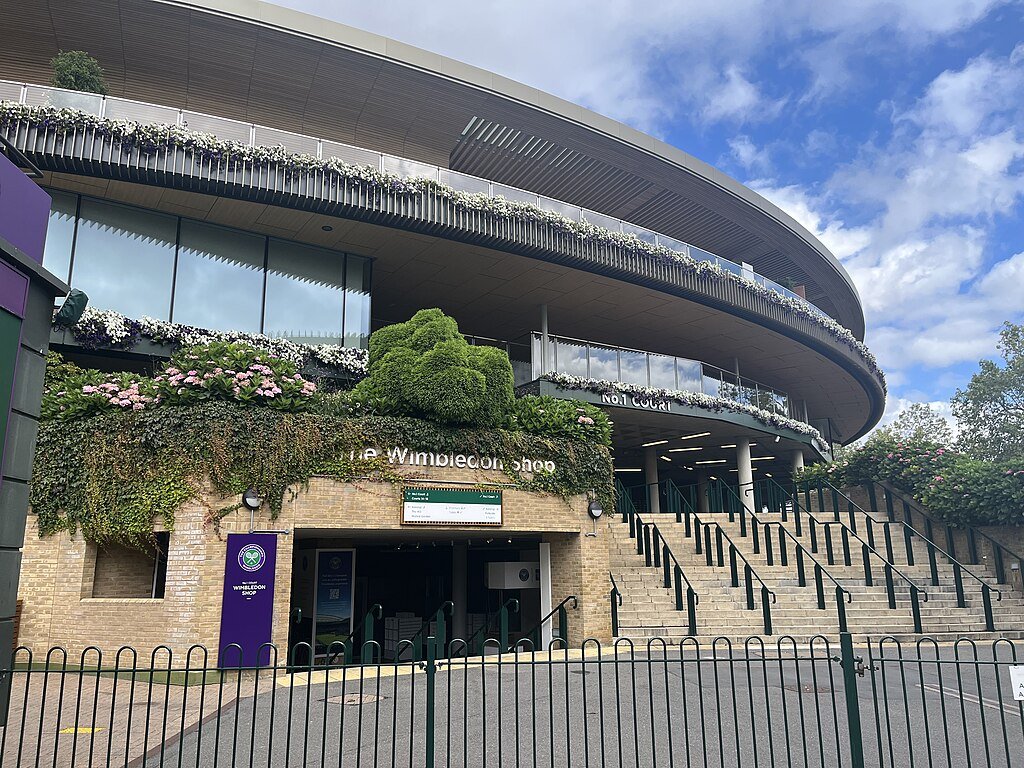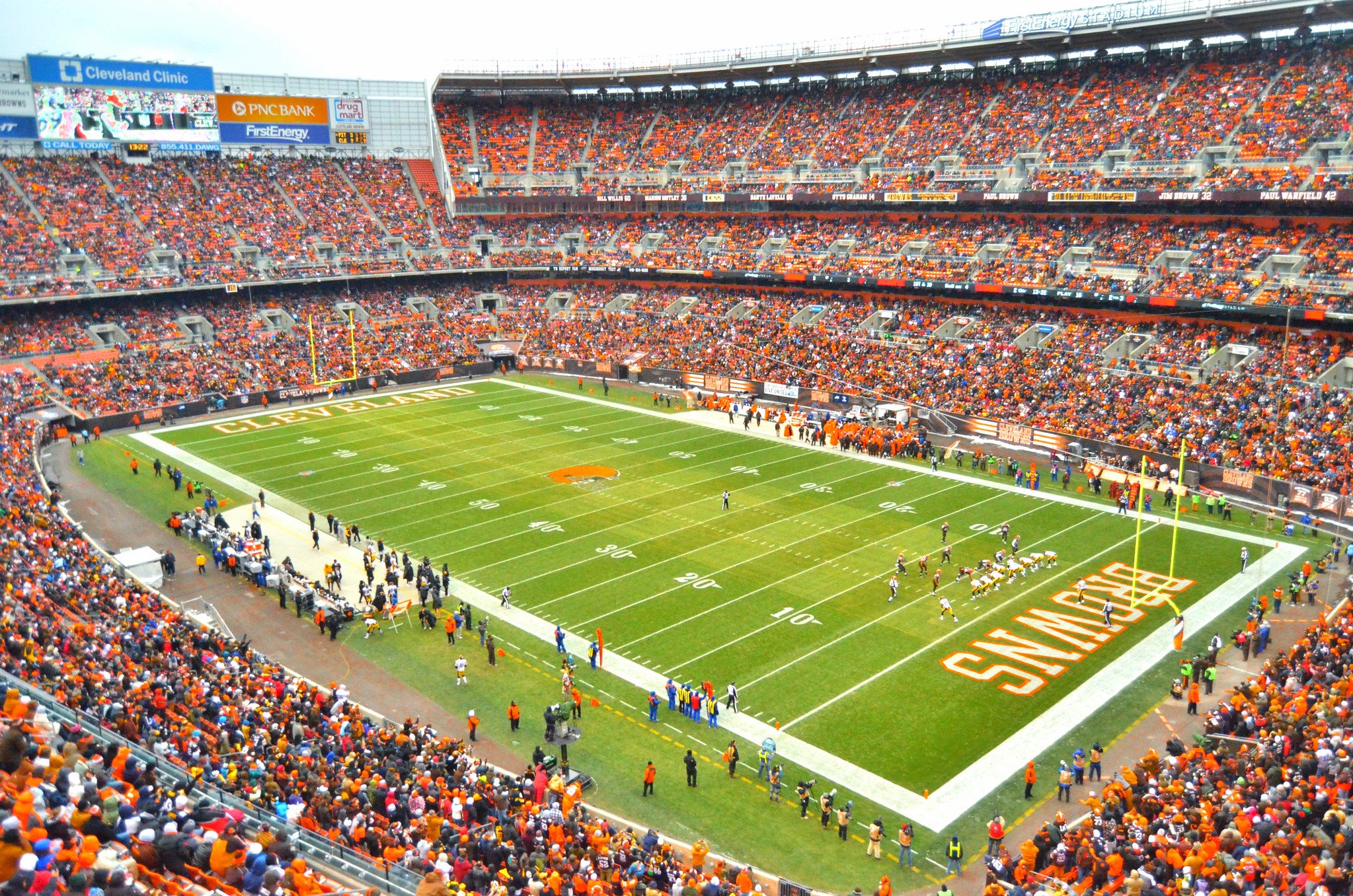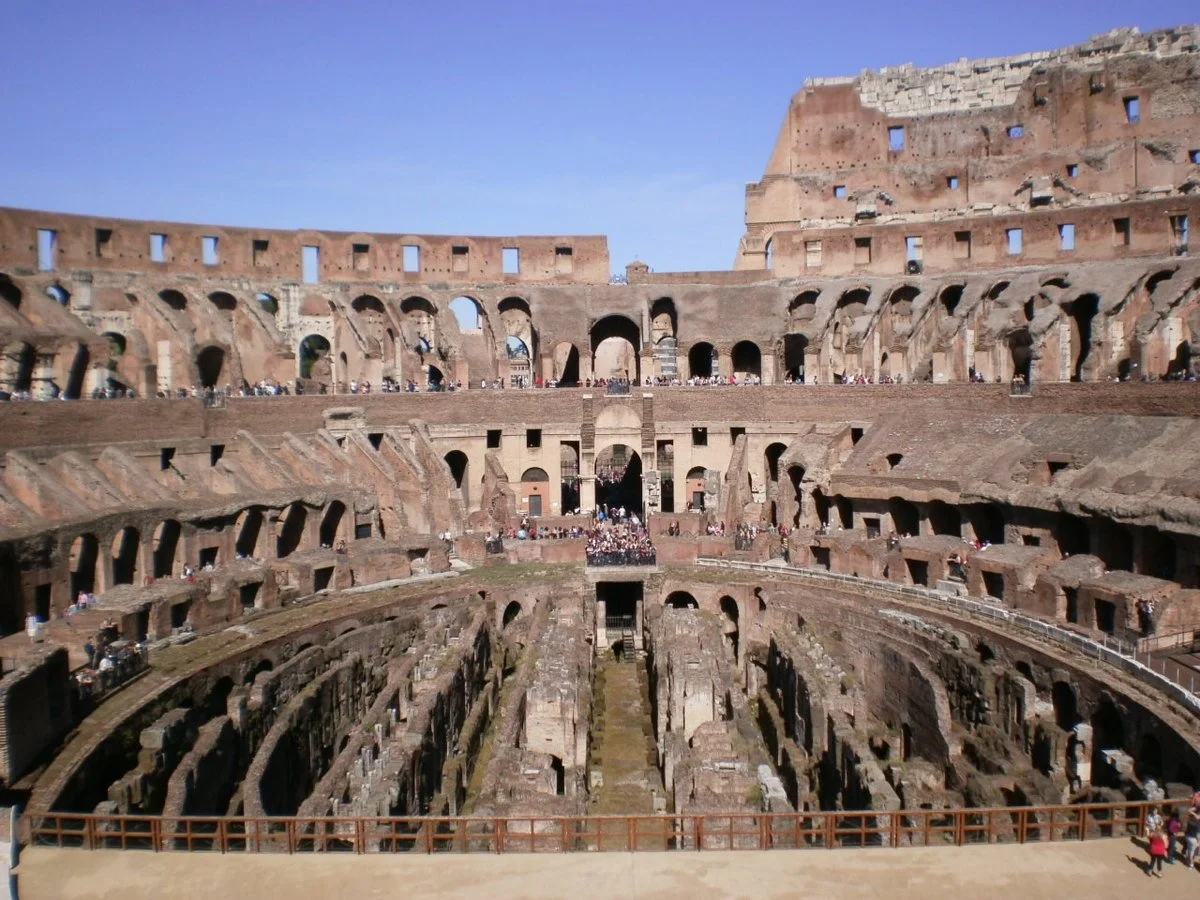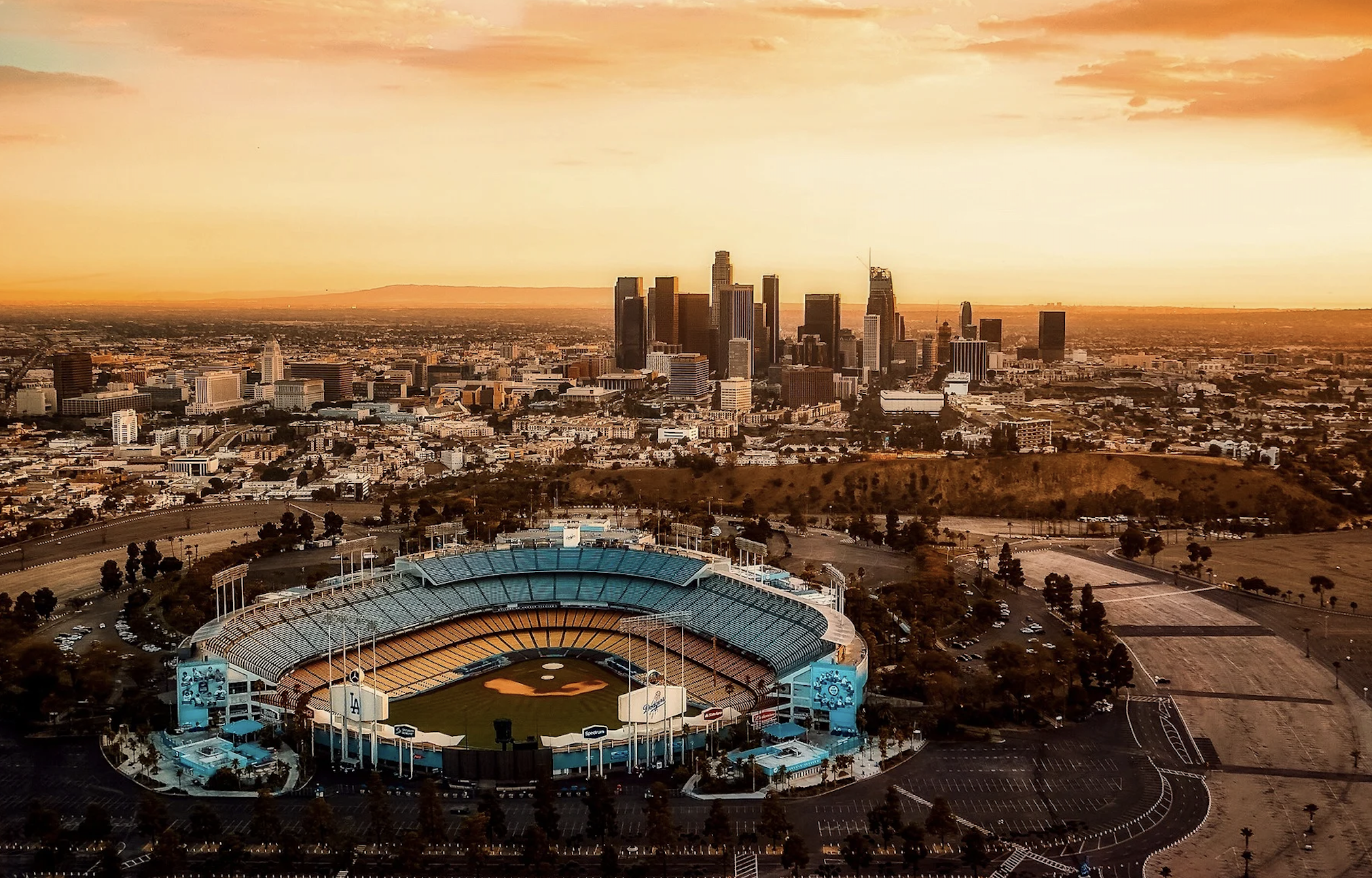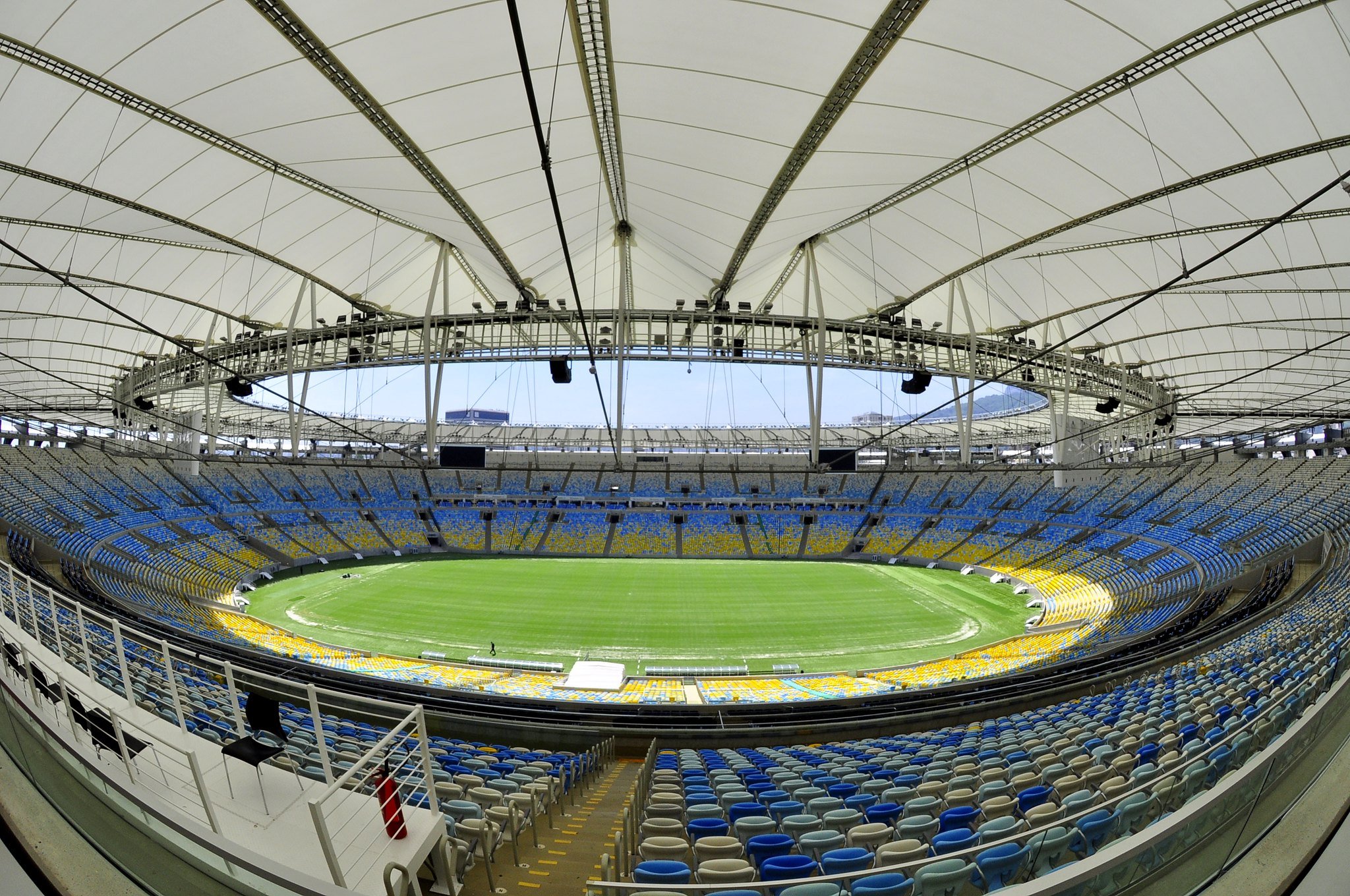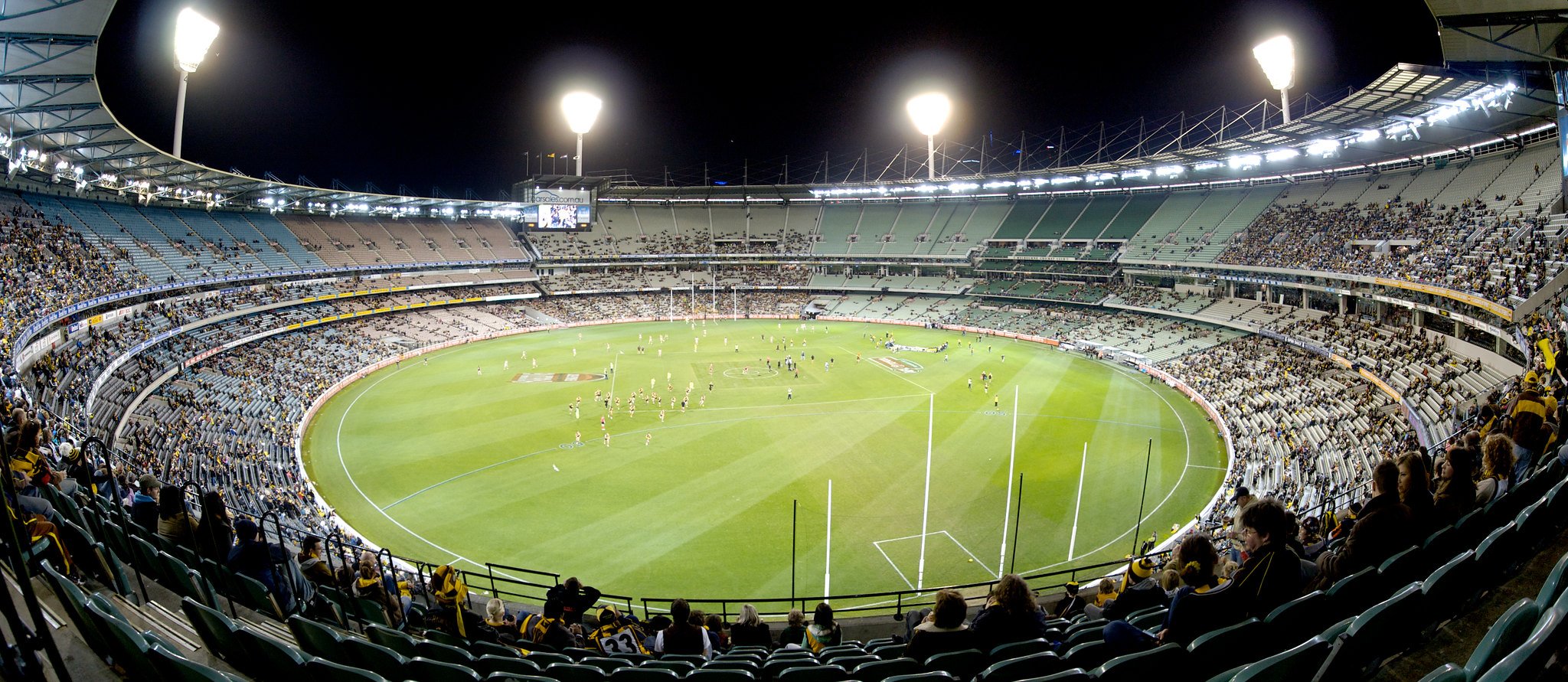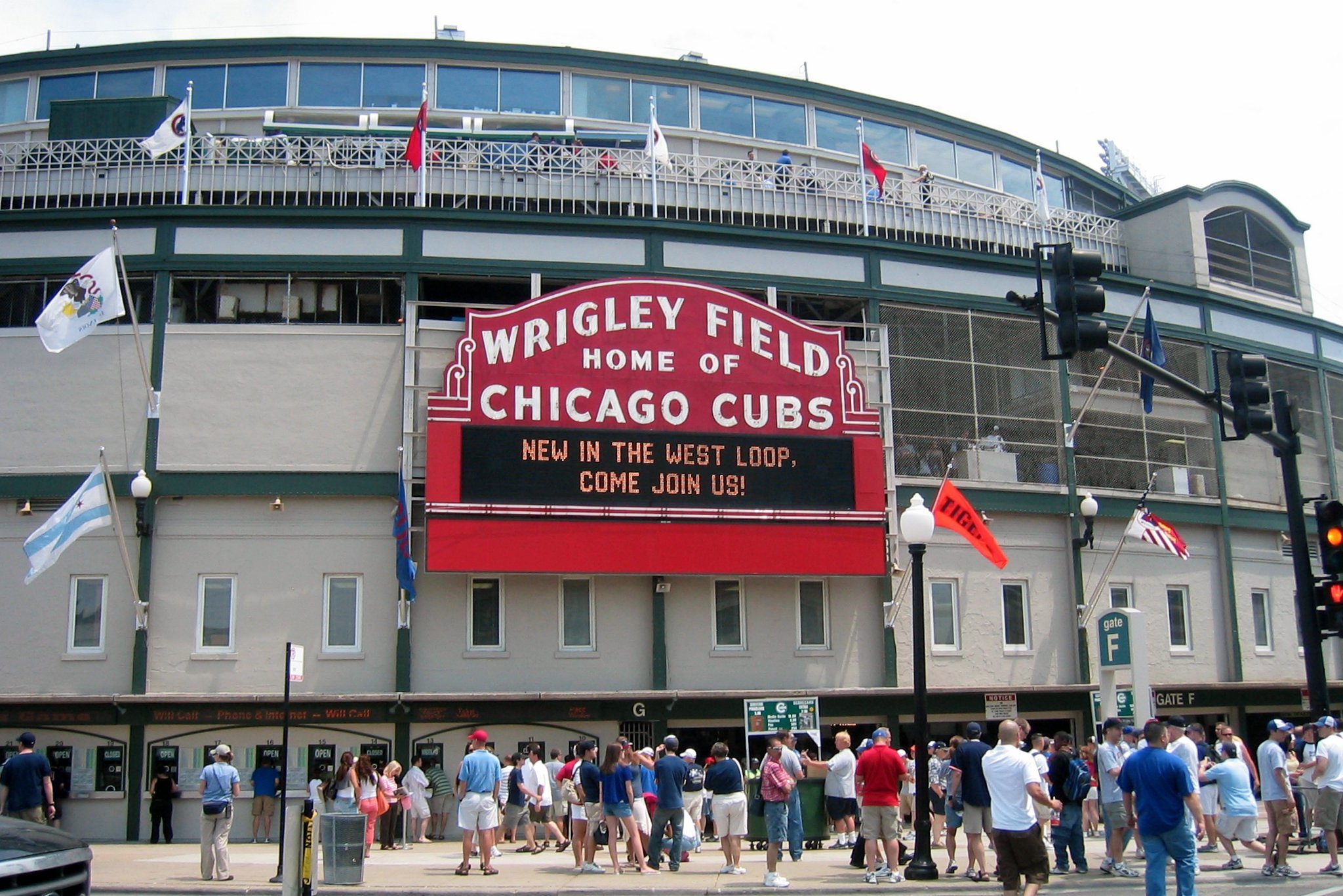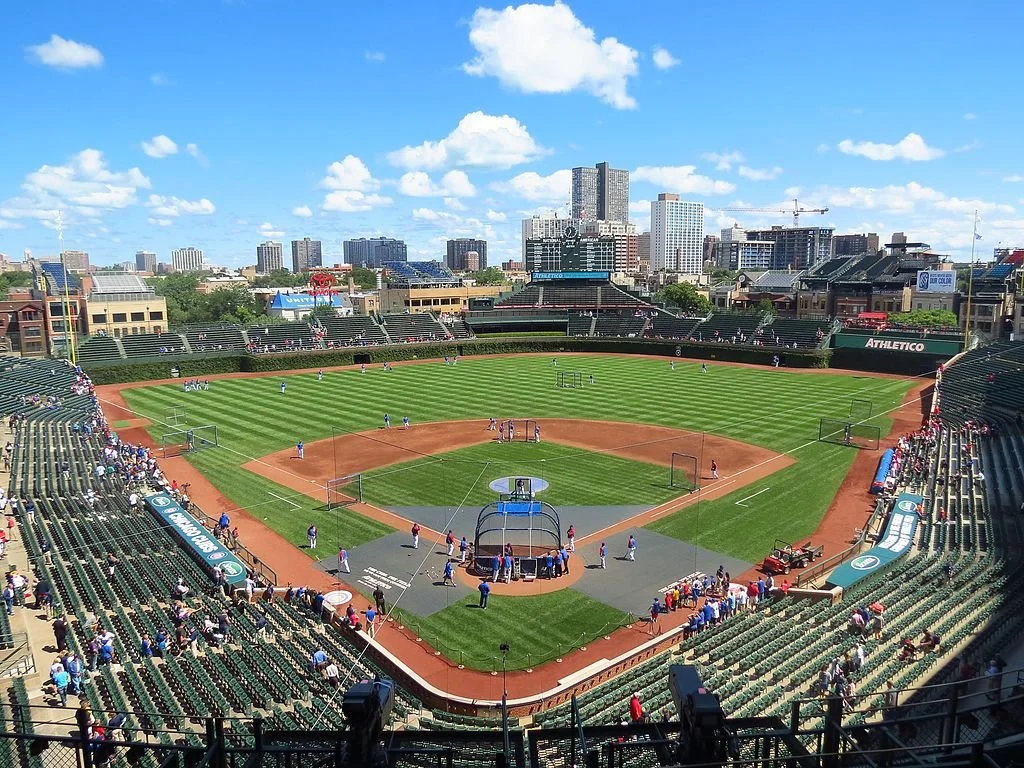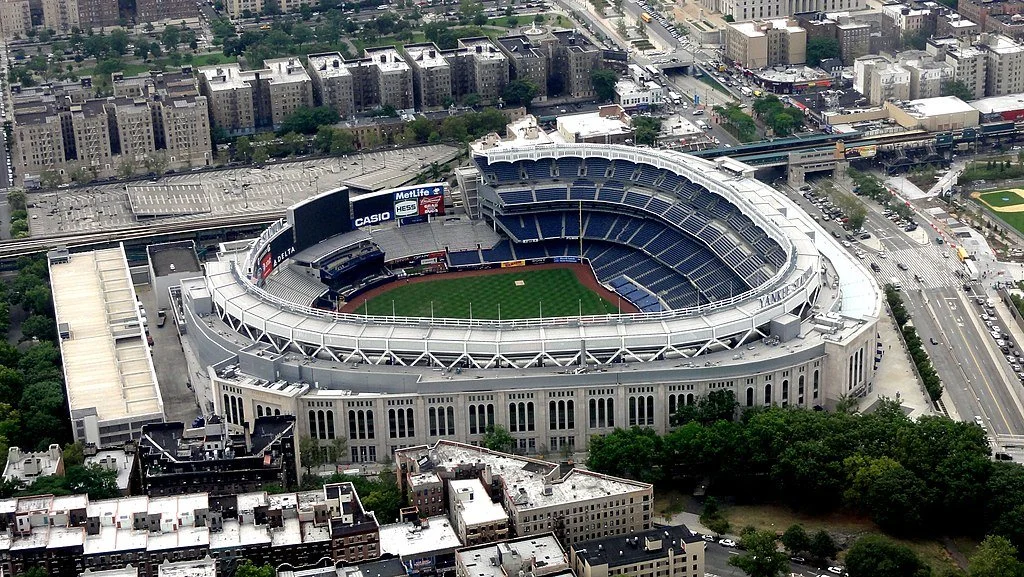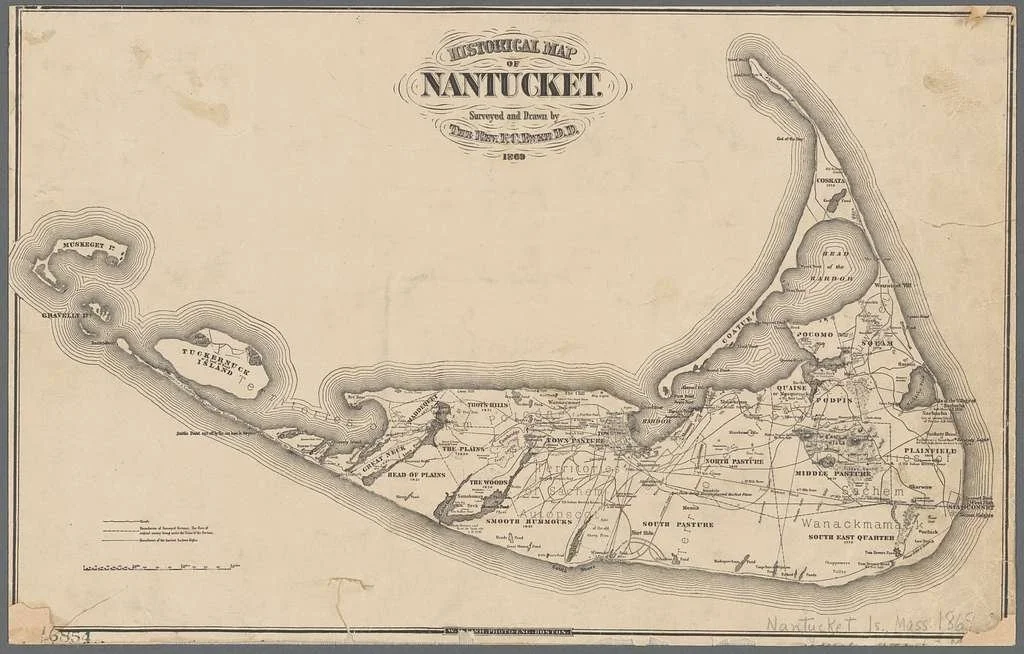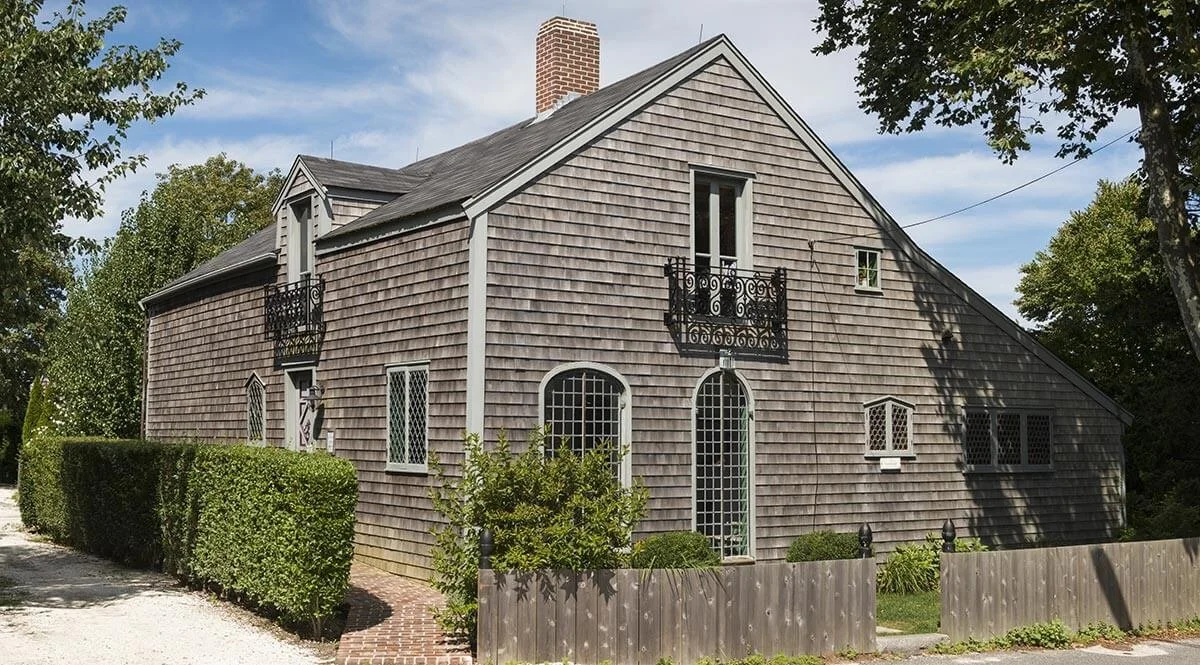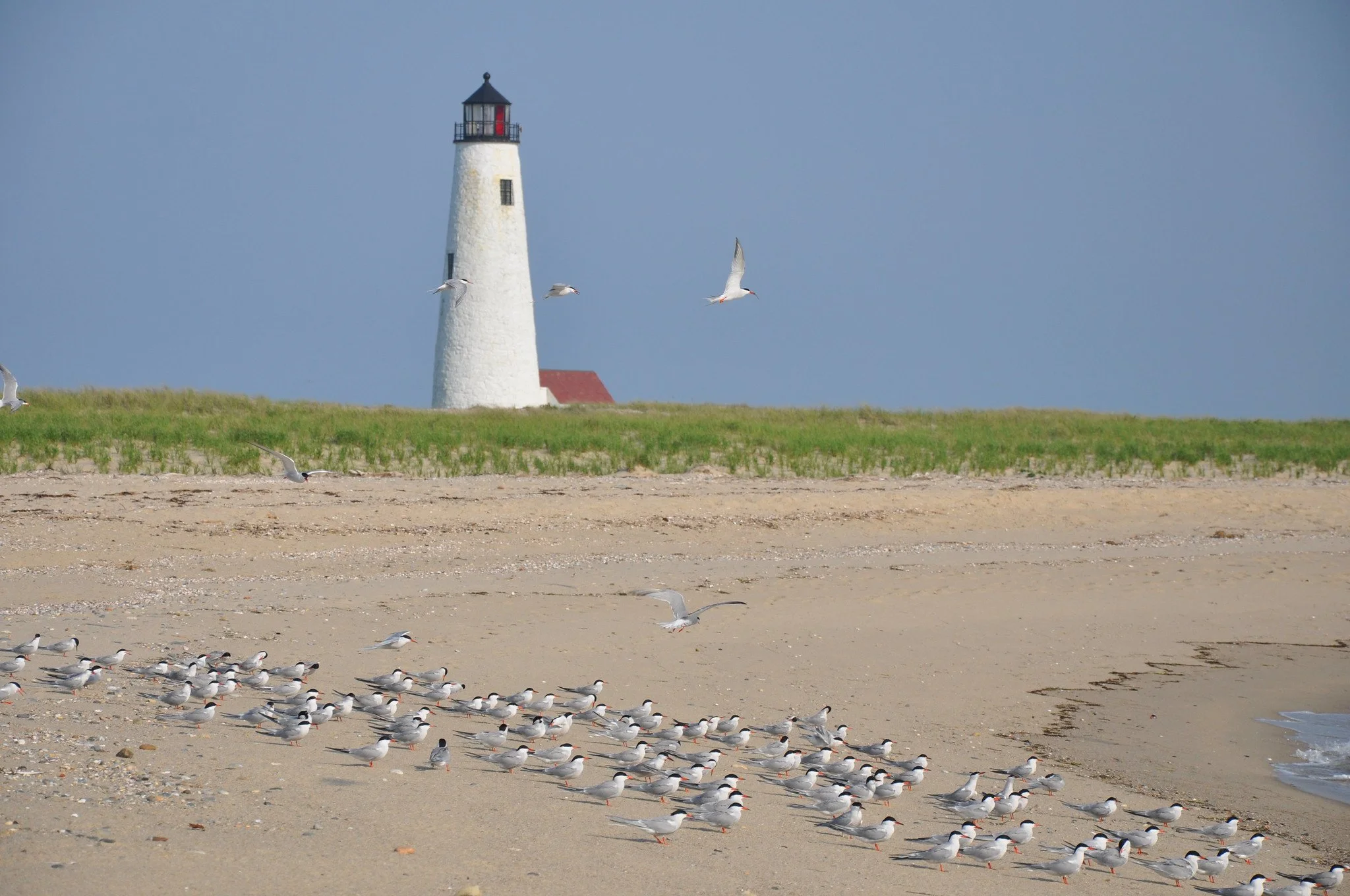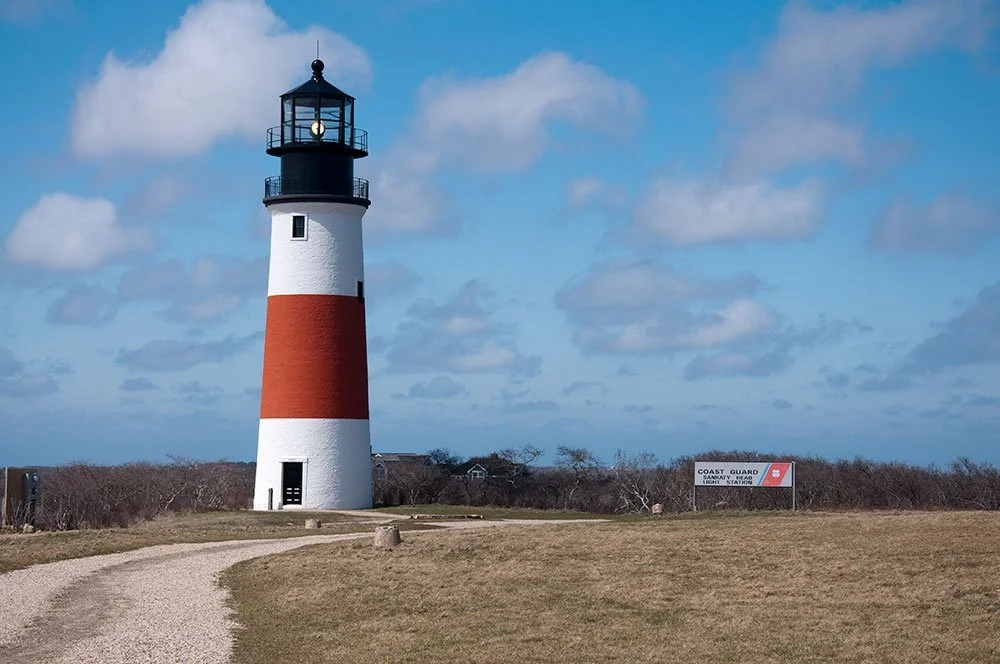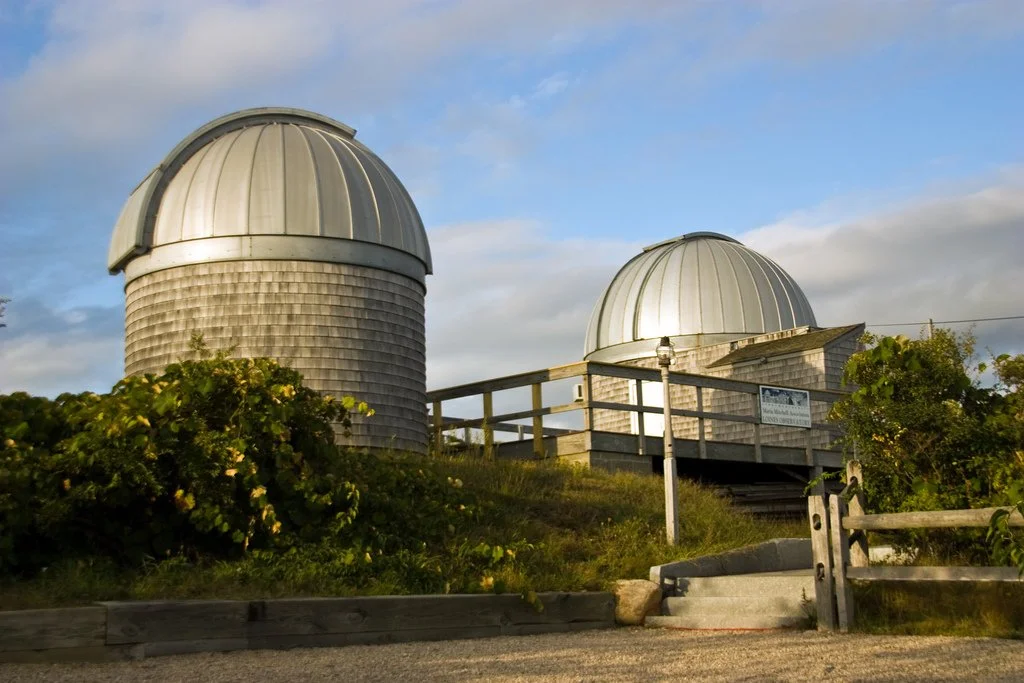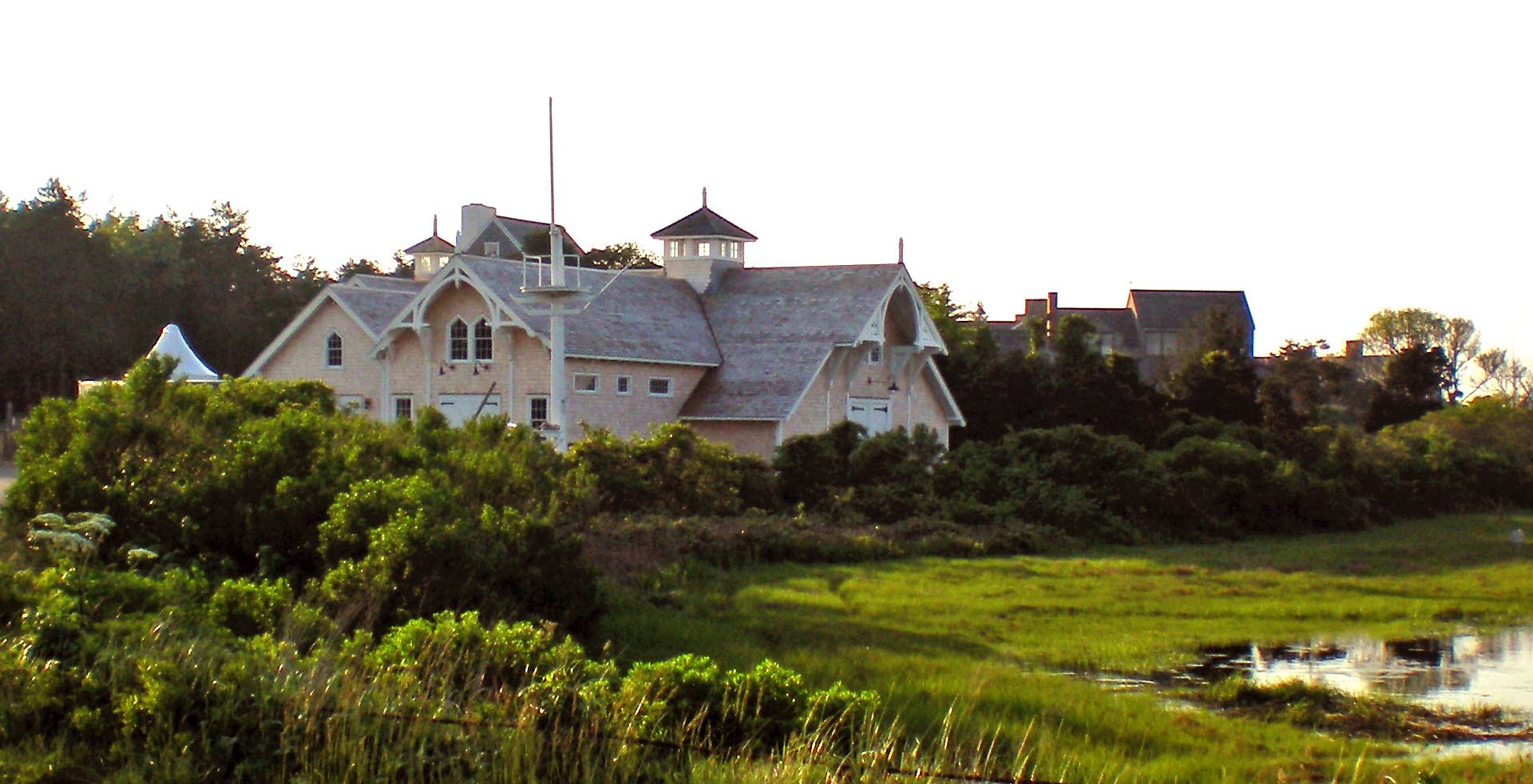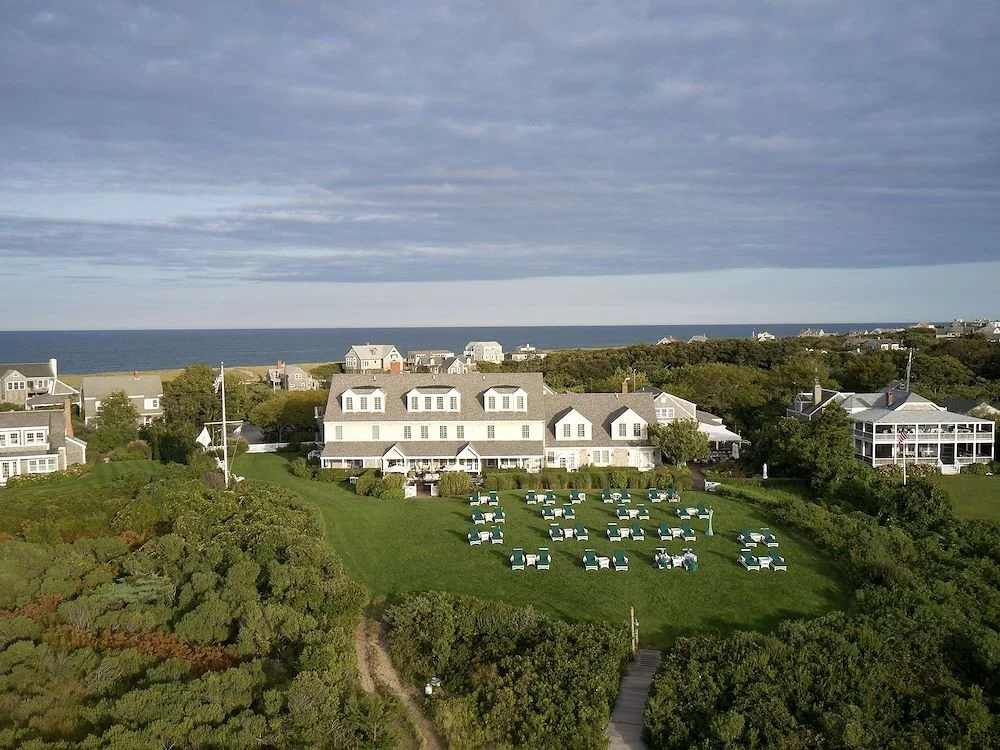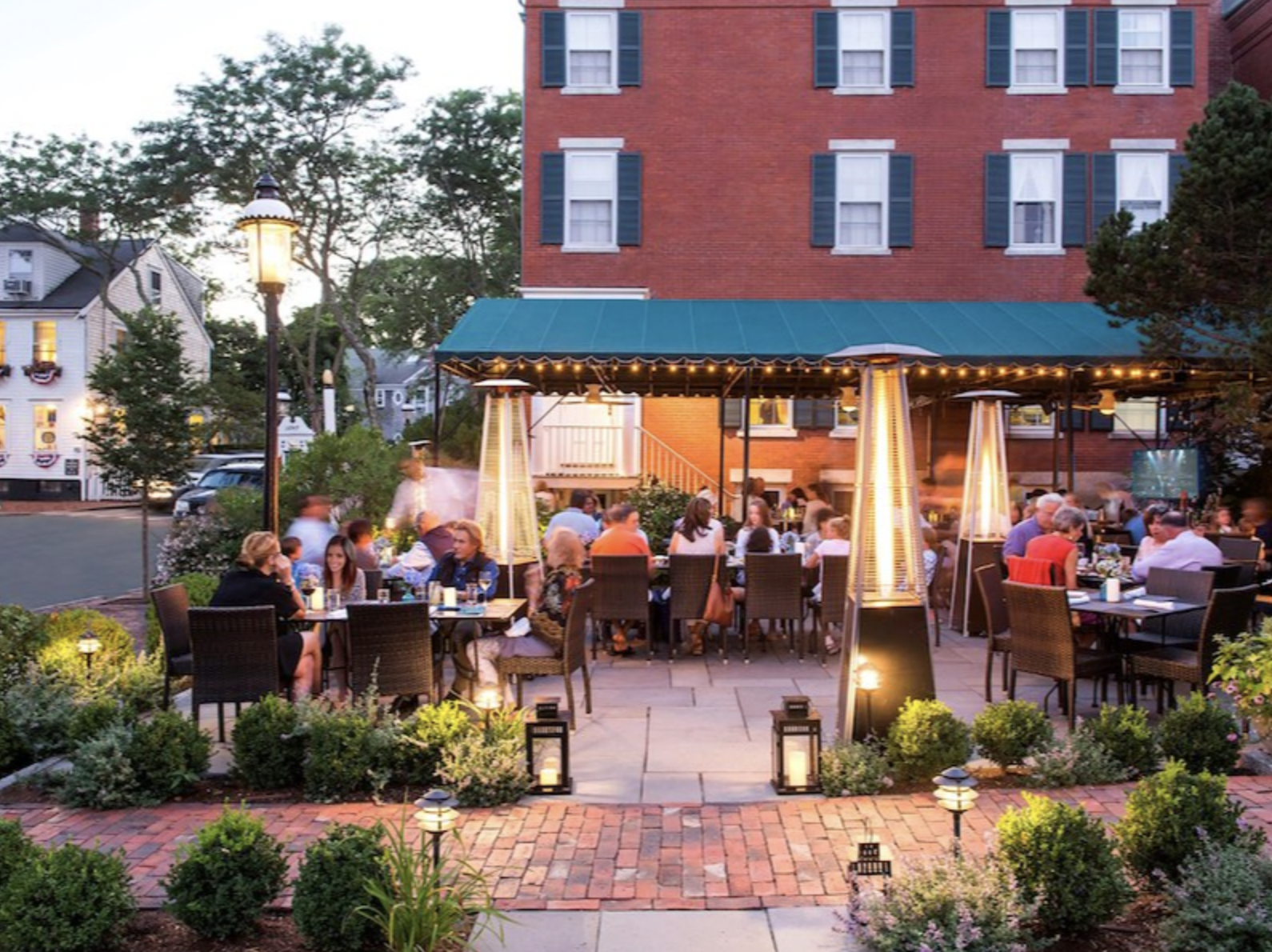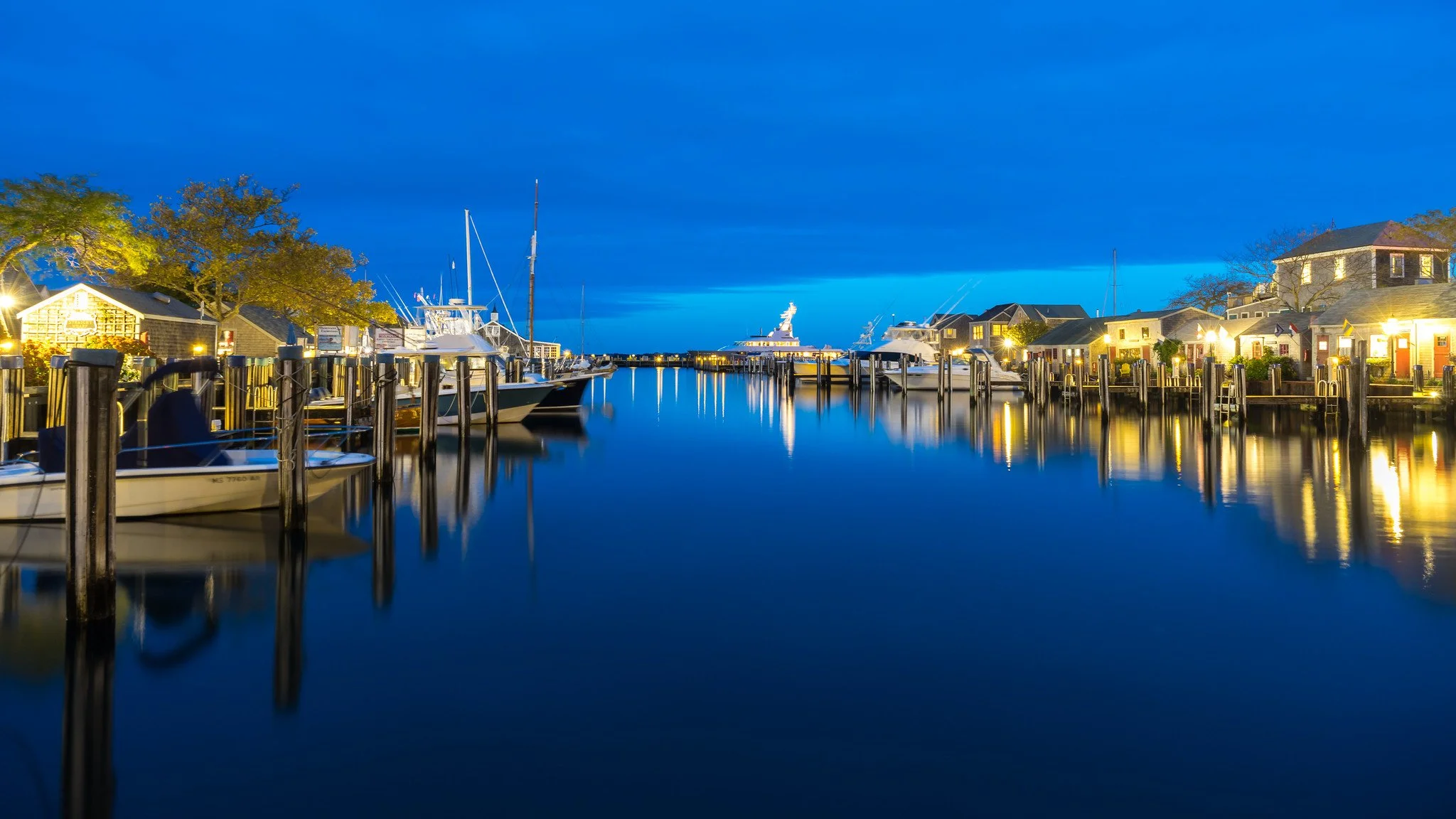A Venetian-style palazzo — the scene of an infamous unsolved art heist — houses eclectic art and lush seasonal gardens.
The courtyard of the Isabella Stewart Gardner Museum was designed to evoke the ambiance of a 15th century Venetian palace.
I was flicking through Instagram (something I do way too often), and my finger stopped mid-scroll on a stunning palazzo. “Italy?” I thought. “Maybe India?”
Nope. It was the Isabella Stewart Gardner Museum — in Boston, of all places.
Boston?! I’d be there the next day for work. It felt like fate.
“Isabella Stewart Gardner’s will specified that nothing could be moved, ensuring her vision stayed exactly as she intended.”
Gorgeous tilework in the Spanish Cloister — nearly 2,000 tiles from 17th century Mexico, that is
The Isabella Stewart Gardner Museum: A Hidden Gem in the Heart of Boston
Boston has its usual suspects when it comes to tourist spots: Fenway Park, the Freedom Trail, Faneuil Hall. But have you heard of the Isabella Stewart Gardner Museum?
It’s not usually the first stop on a Boston itinerary, but it absolutely should be. Tucked into the city’s Fenway neighborhood, this museum feels like a secret treasure waiting to be discovered. And, believe me, it’s worth it — from its jaw-dropping architecture to its captivating art (and even its unsolved mystery).
The Veronese Room is named for the grand painting on its ceiling, The Coronation of Hebe, attributed to Paolo Veronese and his studio, painted in the 1580s.
The Tapestry Room features 10 Flemish tapestries.
Isabella Stewart Gardner was a rule-breaker, a collector and someone who knew how to make an impression.
Take her grand parties: She once attended a symphony in a white headband that simply said, “Oh, you Red Sox” in bold letters. She was as bold as her taste, building her museum as a Venetian-style palazzo (originally called Fenway Court) right in Boston and filling it with treasures from around the world.
“Years ago I decided that the greatest need in our country was art,” she once said. “So, I determined to make it my life’s work if I could.”
Mission accomplished.
In the Chinese Loggia, Stewart Gardner placed a statue of the Madonna and child opposite a Buddhist stele to spark contemplation about shared spiritual themes.
Walking through the museum feels like wandering through the home of someone fabulously wealthy and wildly eclectic. You’ll spot everything from a Rembrandt self-portrait to Japanese lacquered boxes, all lovingly placed as Isabella herself arranged them over a century ago.
A Roman mosaic floor featuring the head of Medusa that was crafted between 117 and 138 CE takes center stage in the courtyard.
The Infamous Art Heist: Mystery in 81 Minutes
The Gardner Museum holds the title for the greatest unsolved art heist in history. The story is something straight out of Hollywood.
It all began in the early hours of March 18, 1990. Two men dressed as Boston police officers buzzed at the museum’s doors, claiming they were responding to a disturbance. The night guards, unsuspecting, let them in.
Big mistake.
“The Gardner Museum holds the title for the greatest unsolved art heist in history.
On March 18, 1990, two men dressed as Boston police officers strolled out of the museum with over $500 million worth of art.”
The “officers” handcuffed the guards, duct-taped their mouths, and left them in the basement. Over the next 81 minutes, they raided the galleries, carefully cutting 13 priceless works from their frames. They strolled out with art worth over $500 million, including:
Rembrandt’s Storm on the Sea of Galilee (his only seascape)
Vermeer’s The Concert, valued at $250 million
Manet’s Chez Tortoni
A Chinese gu (ancient ceremonial vessel)
A bronze eagle finial from a Napoleonic flag
When the guards were finally freed, the thieves — and the art — were long gone.
To this day, the empty frames hang in their original spots as a silent reminder of the loss. The museum still offers a $10 million reward for information, but the case remains cold.
Intrigued? Check out the Netflix docuseries This Is a Robbery, which dives deep into the mystery of the stolen masterpieces.
A portrait of Isabella Stewart Gardner by John Singer Sargeant depicts the remarkable woman as a pagan goddess.
Isabella Stewart Gardner: The Original It Girl
Born in 1840, Isabella wasn’t your typical socialite. After her son Jackie died young, followed by miscarriage in her 20s, she fell into depression — until her doctor prescribed travel. That single recommendation changed her life.
Isabella and her husband, Jack, explored the world, visiting Egypt, Italy and Japan. Along the way, she discovered a passion for art, collecting everything from tapestries to ancient manuscripts.
Back in Boston, she became known for her unconventional style. She defied the strict social norms of the time, pairing pearls with turbans at baseball games and opening her home to artists, writers and musicians.
The Blue Room at the Isabella Stewart Gardner Museum offers an intimate glimpse into Isabella’s personal world, showcasing her close connections with contemporary artists and intellectuals.
A lion attacking a man forms the base of a column in the North Cloister, from 12th century Tuscany.
The works in the Tapestry Room came from Brussels, Belgium and were created in the mid-16th century.
Her museum was her life’s crowning achievement, built in 1903 to house her collection and inspire the public. Even in death, she had the last word: Her will specified that nothing could be moved, ensuring her vision stayed exactly as she intended.
A view of the modern wing
The Museum Today: Tradition Meets Modernity
In 2012, the museum unveiled its sleek new Renzo Piano-designed wing, adding modern flair while preserving Isabella’s original palazzo. The various rooms include: the Dutch Room, Rafael Room, Tapestry Room, Titian Room, Veronese Room and Gothic Room.
Wandering from room to room feels less like visiting a museum and more like stepping into Isabella’s home — because, in a way, you are. Each space is curated exactly as she intended, as if she’s just stepped out, leaving you to explore her private collection of treasures from around the world.
The new space hosts concerts, lectures and temporary exhibits, creating a dynamic blend of old and new.
The courtyard itself might be the most beautiful work of art here. This statue is believed to represent Persephone, the goddess of spring who became queen of the underworld.
And while the art is breathtaking, don’t overlook the ever-changing courtyard. Seasonal displays like orchids, hydrangeas and chrysanthemums transform the space into a living masterpiece.
Grab a bite at Café G in the new wing of the museum.
Café G
Upon arriving at the Isabella Stewart Gardner Museum, I was famished and made a beeline for Café G, the museum’s onsite eatery. The sleek, glass-enclosed space was designed by Renzo Piano, offering serene views of the surrounding gardens — a tranquil setting to relax before delving into the museum’s treasures.
The menu features dishes that highlight seasonal, local and organic ingredients.
The Raphael Room features Italian Renaissance art.
A Museum Like No Other
Whether you’re an art lover, a history buff or just someone looking for a little magic in Boston, the Isabella Stewart Gardner Museum is a must-see. It’s a time capsule, a mystery and a testament to one woman’s indomitable spirit. –Wally
At the end of the Long Gallery in the Chapel hangs a High Gothic stained glass window titled Scenes From the Lives of Saint Nicasius and Saint Eutropia, crafted around 1205 for the Soissons Cathedral in France.
The Deets: Plan Your Visit
Hours:
Wednesday to Monday: 11 a.m. to 5 p.m.
Thursdays: 11 a.m. to 9 p.m.
Closed: Tuesdays, Thanksgiving, Christmas and New Year’s Day
Admission:
Adults: $20
Seniors (65+): $18
Students with ID: $13
Free: Members, children under 18, and anyone named Isabella (yes, really!)
Isabella Stewart Gardner Museum
25 Evans Way
Boston, Massachusetts
USA

